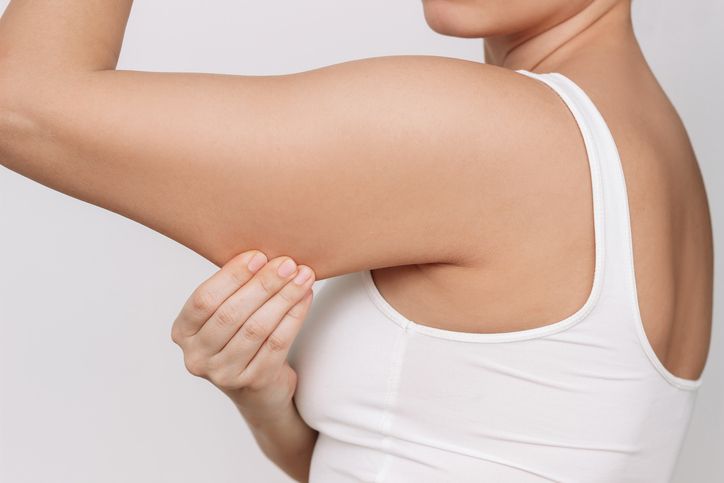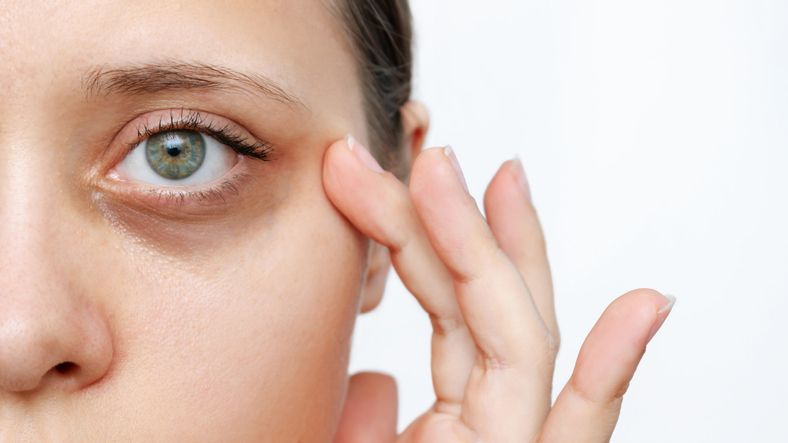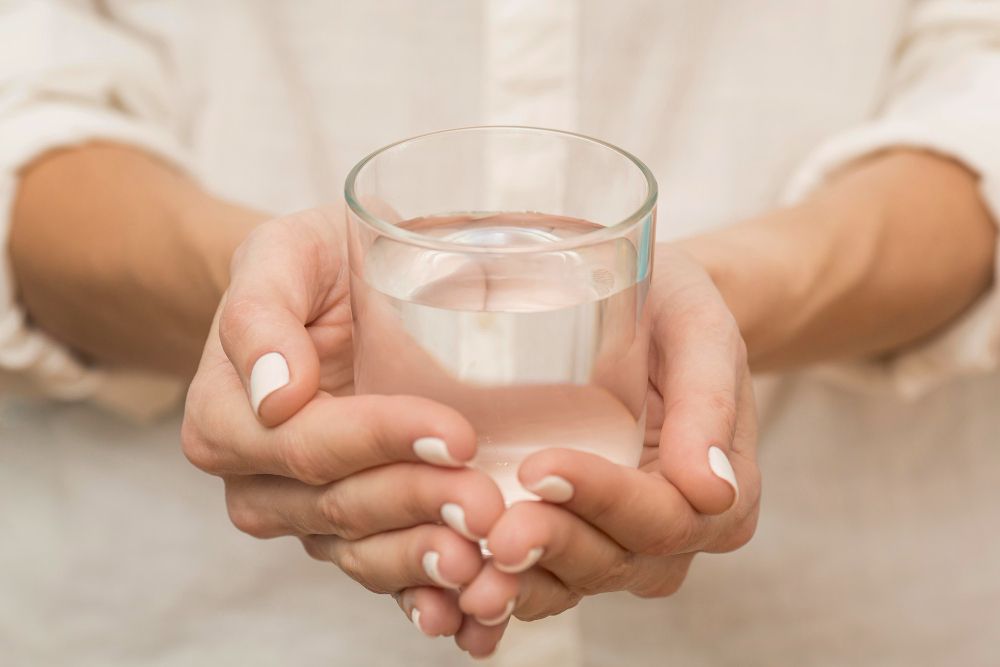Slimming Treatments
Fish Oil and Fat Loss: 10 Reasons It’s a Go-To Supplement for Body Sculpting and Weight Control
7 Reasons to Try the Egg Diet for Faster Weight Loss, Better Blood Sugar Control, and Lasting Energy
You’ll accelerate your weight loss and boost your metabolism with the egg diet through seven simple but powerful effects. Eggs are rich in lean protein, low in calories, and packed with essential nutrients that help your body burn fat more efficiently while keeping you full. The egg diet is a short term eating plan built around eating eggs—usually boiled eggs—along with low carb vegetables, a few low carb fruits, and other foods like lean meats or healthy fats. It’s simple, structured, and cuts out starchy foods and processed snacks, which helps reduce cravings and supports a calorie deficit. If you’re looking for a straightforward way to lose weight quickly without overcomplicating your meals, keep going—we’re breaking down exactly how this diet works and why it might be a healthy choice for the right goals.
10 Misconceptions About Diet Pills That Can Stall Weight Loss and Harm Your Health
Diet pills are often seen as a quick way to lose weight. Some people think they’re all FDA-approved or that natural ones are always safe. Others expect them to work the same for everyone. But no pill can do the work on its own. Even with weight loss medication, real change still comes from how you eat, move, and take care of your health. Some pills might help with appetite or how your body handles fat, but they won’t undo a high fat meal or melt away body fat overnight. And they’re not risk-free, with side effects including liver damage, high blood pressure, and problems with the digestive system, especially if you’re already dealing with other health issues. If you’re considering weight loss drugs or supplements, it’s important to know what’s fact and what’s just hype. Keep reading to break down the biggest myths — and get a clearer picture of what really supports healthy weight.
10 Unexpected Sodium Traps That Slow Fat Loss and Undermine Your Body Sculpting Progress
Sodium is everywhere—and it adds up fast. Even if you're avoiding the salt shaker and steering clear of salty snacks, there’s a good chance you’re still getting too much sodium in your diet. It hides in everyday foods that seem harmless, making your low sodium diet harder to stick to than you think. You might already be checking for table salt, but sodium chloride also sneaks into packaged and prepared foods, salad dressings, protein bars, and even some so-called fresh or frozen vegetables. These hidden sources don’t just raise your sodium intake—they can lead to water retention, make you feel bloated, and slow down visible progress if you're trying to reduce body fat. High sodium foods may also impact your blood pressure and, over time, raise risks related to kidney disease and heart disease. If you’ve been eating clean and exercising but still feel like your results have stalled, sodium could be the reason. The sodium content of your meals might be higher than you think, especially if you rely on processed meats, canned vegetables, or bottled salad dressings. The next part of the article breaks down the top hidden sources of dietary sodium. Keep reading to find out which foods are making your sodium diet harder to manage—and what low sodium foods to choose instead.
Toning stubborn areas can feel frustrating. You work out, eat well, and still struggle with body fat in certain spots. That’s because muscle toning isn’t just about doing endless push-ups or cutting calories—it’s about the right mix of strength training, fat loss, and muscle growth. Your body composition is shaped by genetics, hormones, and lifestyle. Some areas naturally hold onto excess fat more than others, making them harder to define. But with the right workout routine and diet plan, you can build lean muscle, burn calories, and get a more toned appearance. So, what actually works? In the next sections, we’ll break down how to tone your body effectively—without wasting time on myths or ineffective workouts.
Struggling With A Bloated Stomach? Here's What's Causing It and How to Fix It Fast
A bloated stomach is something most people deal with at some point. It happens when gas, air, or fluid builds up in your abdomen, making it feel tight or puffy. This can be caused by eating too fast, chewing gum, or drinking fizzy drinks. Some foods are harder to digest and may lead to bloating, while conditions like irritable bowel syndrome or food intolerances can make it worse. Sometimes, bloating is just annoying and goes away on its own. Other times, it sticks around and feels uncomfortable. If it happens a lot, it might be worth looking into what’s causing it. Small changes—like eating slower or avoiding certain foods—can help. But if bloating comes with pain or other symptoms, it’s best to talk to your doctor. Let’s go over the common causes of bloating and ways of fixing it!
How to Lose Armpit Fat: Power Up with Effective Exercises, Diet Tips, and Lifestyle Changes to Tone Up
If you’re wondering how to lose armpit fat, you’re not alone. Many people notice extra fat or skin in this area, especially when wearing fitted clothing. This can be due to body fat, excess breast tissue, weight gain, or even genetics. Armpit fat isn’t always about weight—it can also be influenced by hormonal changes, muscle mass, or even axillary breast tissue. Some people naturally store more fat in the breast and armpit area, while others may see changes due to aging or fluctuations in body weight. While exercise and diet play a role in reducing fat, stubborn underarm fat doesn’t always go away with weight loss alone. In some cases, medical attention may be needed to address underlying causes. No worries, There are ways to tone up and feel more confident—no matter where you’re starting from, keep reading to discover!
The Fat Arms Struggle Is Real — Here’s How to Win and Get Lean, Sculpted Arms
Fat arms are a common problem, and losing arm fat is harder than most people expect. Genetics, hormones, and the way your body stores fat all make the upper arms a stubborn area. Even if you lose weight, arm fat often sticks around longer than fat in other places like your thighs or chest. Most of the fat in your upper arms is subcutaneous fat, but overall body fat levels also affect how much fat ends up there. Factors like weight gain, insulin levels, and low muscle mass can make it worse, especially for overweight or obese individuals. While you can’t pick exactly where you lose fat, knowing why the arms hold onto it is the first step. Fat arms don’t have to be forever — with the right strategies, you can get rid of them and wear sleeveless tops confidently again.
Recommended Articles
Latest Article
COPYRIGHT© NEW BEAUTY MANAGEMENT LIMITED 2025. ALL RIGHT RESERVED.













